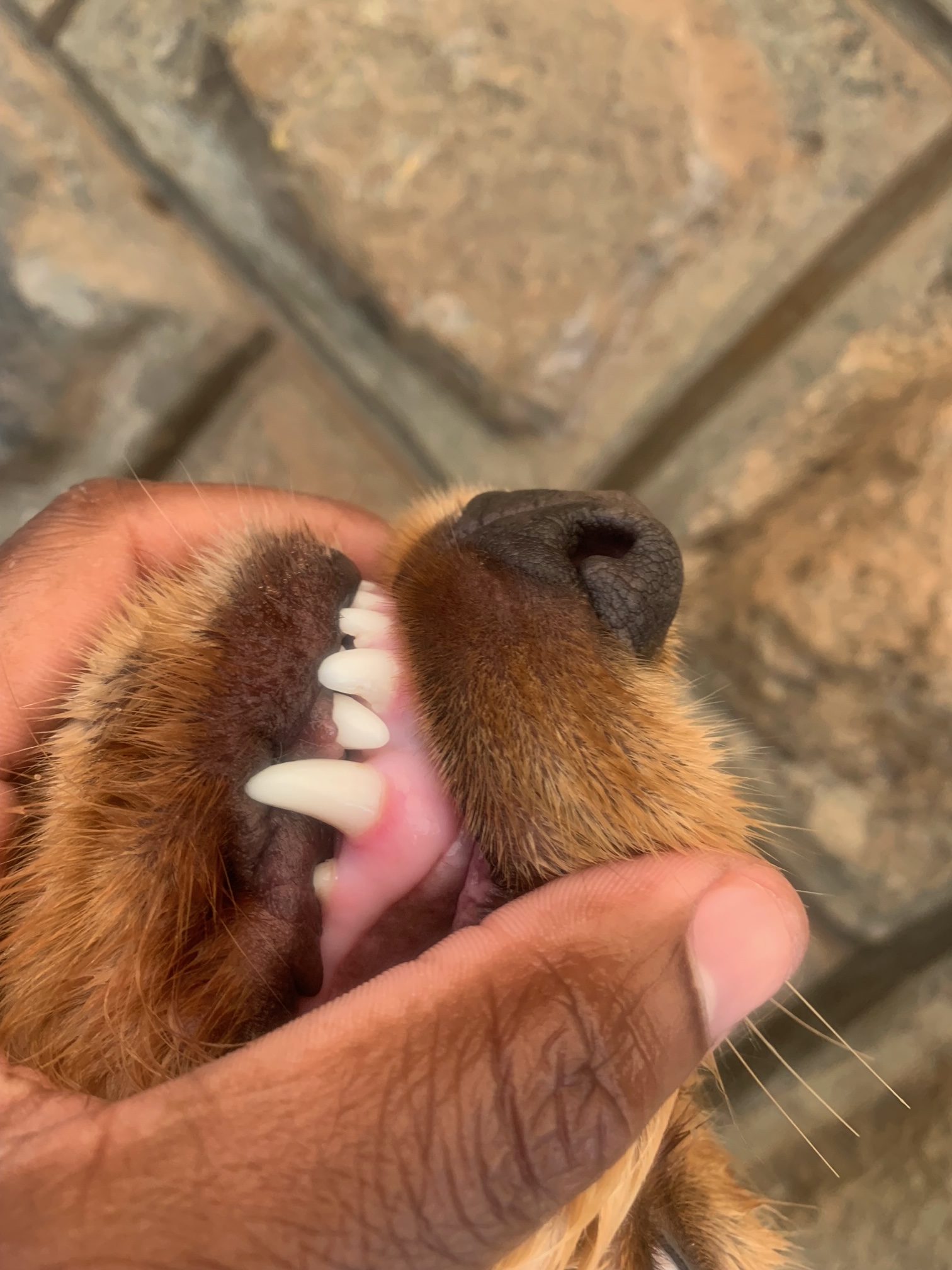Dental scaling in Pets is a veterinary procedure performed to remove tartar and plaque buildup from the teeth, preventing or addressing periodontal disease. Periodontal disease is a common dental issue in pets that can lead to tooth decay, gum inflammation, and other health problems.
Here’s an overview of the dental scaling procedure and tips for preventing periodontal disease in your pets:

Procedure of Dental Scaling in Pets:
- Pre-Anesthetic Evaluation: Before the procedure, your veterinarian will perform a thorough physical examination and may recommend blood tests to ensure your pet is healthy enough for anesthesia.
- Anesthesia: Dental scaling in pets typically requires general anesthesia to keep the animal calm and still during the procedure, as well as to protect the airway and minimize stress.
- Dental Examination: Once your pet is under anesthesia, the veterinarian will conduct a detailed dental examination to assess the extent of dental disease, including inspecting the gums, teeth, and oral cavity.
- Scaling: The veterinarian will use special dental instruments to carefully remove tartar and plaque from the teeth, both above and below the gumline. This step is critical for preventing or treating periodontal disease.
- Polishing: After scaling, the teeth are polished to smooth out the enamel surfaces and reduce the likelihood of future plaque buildup.
- Extraction (if necessary): If any teeth are severely decayed or damaged, they may need to be extracted to prevent further infection and pain. The decision to extract a tooth is made based on the vet’s assessment.
- Post-Procedure Care: Your pet will be closely monitored as they recover from anesthesia. You’ll receive instructions on post-operative care, including any medications or dietary recommendations.
Prevention of Periodontal Disease:
- Regular Dental Check-ups: Schedule regular dental check-ups with your veterinarian. Early detection of dental problems can prevent more severe issues later on.
- Dental Home Care: Brush your pet’s teeth regularly with a pet-specific toothbrush and toothpaste. Start this practice when they are young to get them used to it. Dental wipes and dental chews can also help reduce plaque buildup.
- Diet: Feed your pet a balanced diet, and consider dental-specific diets or dental treats that are designed to help control tartar and plaque.
- Chew Toys: Provide safe chew toys for your pet, as chewing can help naturally remove tartar. Ensure the toys are appropriate for your pet’s size and chew strength.
- Water Additives and Oral Rinses: Some dental water additives and oral rinses can help reduce plaque and maintain oral hygiene. Consult your veterinarian for recommendations.
- Avoid Hard Objects: Be cautious about giving your pet hard objects or bones to chew on, as these can lead to dental fractures.
- Regular Grooming: Grooming sessions can include checking your pet’s teeth and gums for any signs of dental issues.
- Regular Vet Visits: Regular veterinary check-ups can help identify dental problems early on. Be sure to discuss your pet’s dental health during these visits.
Preventing periodontal disease in your pets requires a combination of at-home care and professional dental cleanings. Consult with Ducknet Veterinary Clinic to create a dental care plan that suits your pet’s needs and lifestyle.







